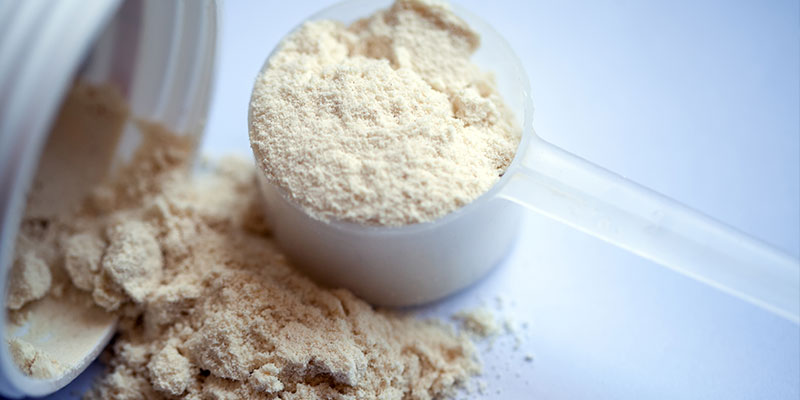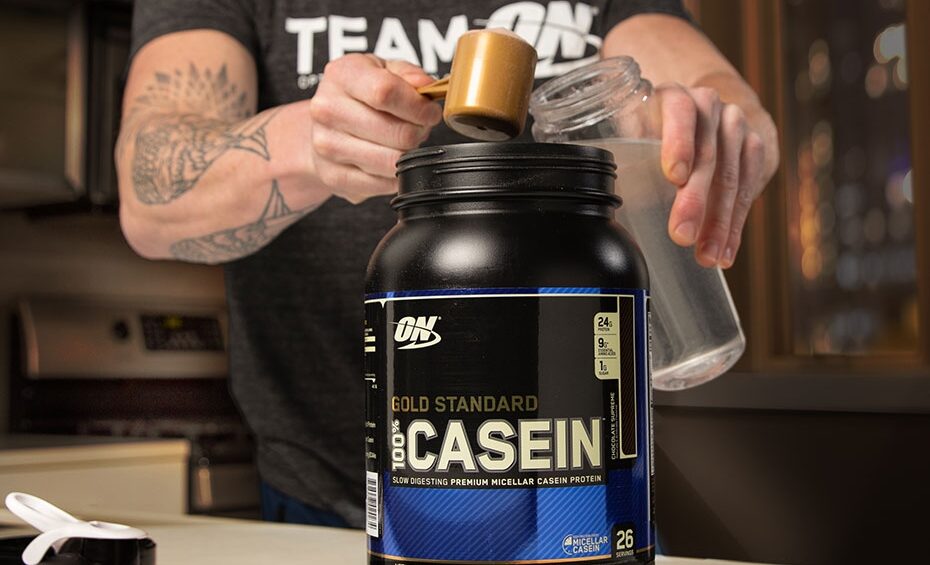Amino acids are essential building blocks of protein and play a crucial role in muscle growth and recovery. Two of the most popular amino acid supplements on the market are EAA (essential amino acids) and BCAA (branched-chain amino acids). Both of these supplements have been shown to have benefits for muscle growth, but which one is best for you?
First, let’s take a look at what EAA and BCAA supplements are, and how they differ from one another. EAAs, as the name suggests, are the essential amino acids that the body cannot produce on its own and must be obtained through diet or supplements. These include histidine, isoleucine, leucine, lysine, methionine, phenylalanine, threonine, tryptophan, and valine.
BCAAs, on the other hand, are a specific subset of EAAs that includes only leucine, isoleucine, and valine. These three amino acids are considered the most important for muscle growth and recovery because they have been shown to stimulate protein synthesis, the process by which the body builds new muscle tissue.
So, what are the benefits of taking EAA supplements? First, they provide all the essential amino acids that the body needs to build and repair muscle tissue. This means that by taking an EAA supplement, you can ensure that your body has all the building blocks it needs to make new muscle.
Another benefit of EAAs is that they can help to improve muscle recovery after exercise. By providing the body with the necessary amino acids, an EAA supplement can help to reduce muscle soreness and inflammation, allowing you to recover more quickly and get back to your workout routine.
-
 SUPPS Creatine Monohydrate – 83 Servings₹2,499.00
SUPPS Creatine Monohydrate – 83 Servings₹2,499.00 -
Product on sale
 Fast&Up Energy Gel – Pack of 5 Gel SachetsOriginal price was: ₹545.00.₹359.00Current price is: ₹359.00.
Fast&Up Energy Gel – Pack of 5 Gel SachetsOriginal price was: ₹545.00.₹359.00Current price is: ₹359.00. -
Product on sale
 Fast&Up PreWorkoutOriginal price was: ₹2,100.00.₹1,589.00Current price is: ₹1,589.00.
Fast&Up PreWorkoutOriginal price was: ₹2,100.00.₹1,589.00Current price is: ₹1,589.00. -
Product on sale
 F&U Citrulline Malate 200 GMOriginal price was: ₹1,100.00.₹789.00Current price is: ₹789.00.
F&U Citrulline Malate 200 GMOriginal price was: ₹1,100.00.₹789.00Current price is: ₹789.00. -
Product on sale
 F&U BCAA 30 SERVINGSOriginal price was: ₹2,700.00.₹1,689.00Current price is: ₹1,689.00.
F&U BCAA 30 SERVINGSOriginal price was: ₹2,700.00.₹1,689.00Current price is: ₹1,689.00. -
Product on sale
 Bigmuscles Nutrition Freak Pre-workout₹795.00 – ₹1,532.00
Bigmuscles Nutrition Freak Pre-workout₹795.00 – ₹1,532.00
Now, let’s take a look at the benefits of BCAA supplements. As mentioned earlier, BCAAs have been shown to stimulate protein synthesis, which is essential for muscle growth. Additionally, BCAAs can help to improve muscle endurance during exercise. This is because BCAAs can be used as an energy source for muscles during intense exercise, which can help to delay fatigue.
Another benefit of BCAAs is that they can help to reduce muscle breakdown during intense exercise. This is because BCAAs can help to inhibit the breakdown of muscle tissue, which can help to preserve muscle mass during intense exercise.
So, which supplement is best for muscle growth? Both EAA and BCAA supplements have been shown to have benefits for muscle growth and recovery. EAA supplements provide all the essential amino acids that the body needs to build and repair muscle tissue, while BCAA supplements can help to stimulate protein synthesis and improve muscle endurance and reduce muscle breakdown.
Ultimately, the choice between EAA and BCAA supplements depends on your individual needs and goals. If you are looking to improve muscle recovery and ensure that your body has all the building blocks it needs to make new muscle, an EAA supplement may be the best choice for you. If your goal is to improve muscle endurance, reduce muscle breakdown, and stimulate muscle growth, a BCAA supplement may be a better choice.
At FittShell, we offer a wide range of EAA and BCAA supplements to meet your needs. Whether you are looking to improve muscle recovery, stimulate muscle growth, or boost endurance, we have the right supplement for you. So why wait? visit us at FittShell.com and find the perfect supplement to help you reach your fitness goals.
In conclusion, both EAA and BCAA are great options to support muscle growth and recovery, but it depends on your specific goals and needs. EAA supplements provide all the essential amino acids that the body needs to build and repair muscle tissue,



































